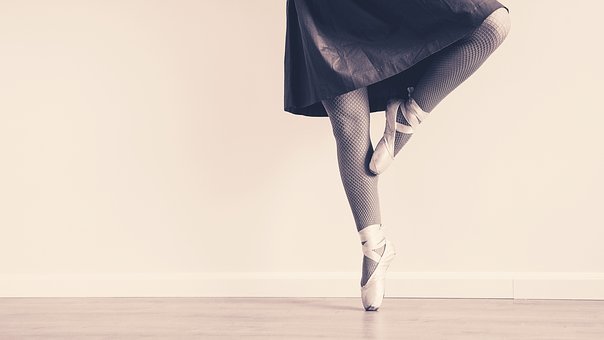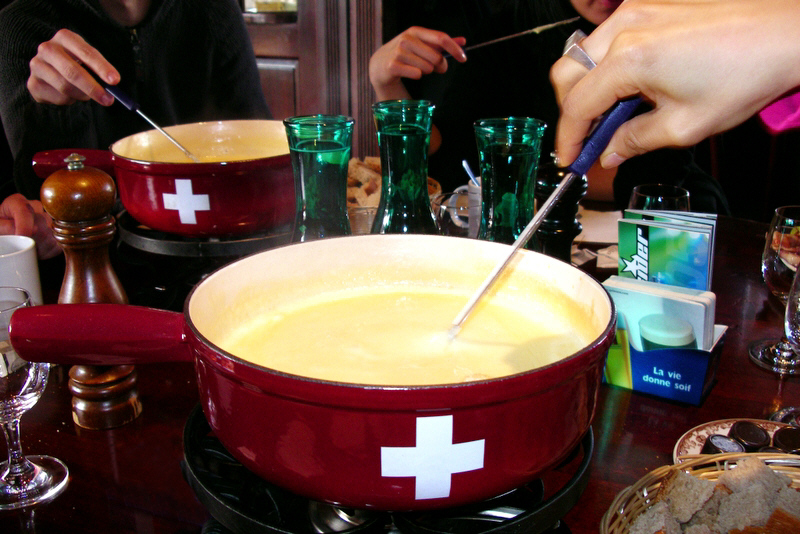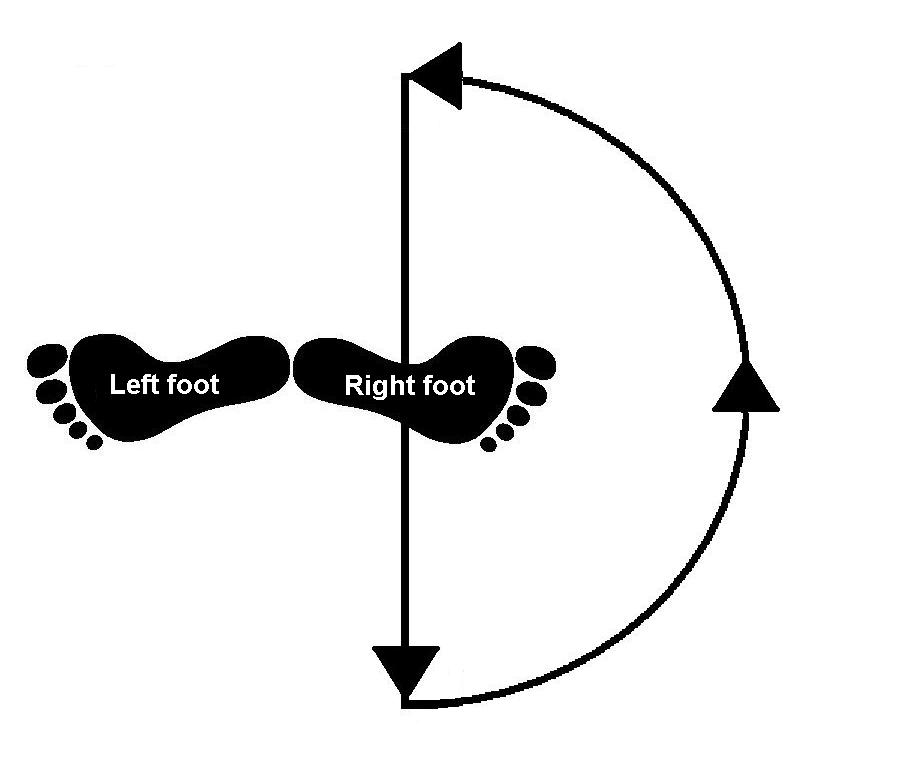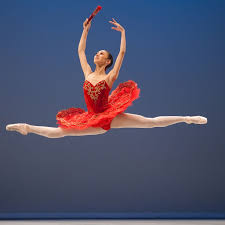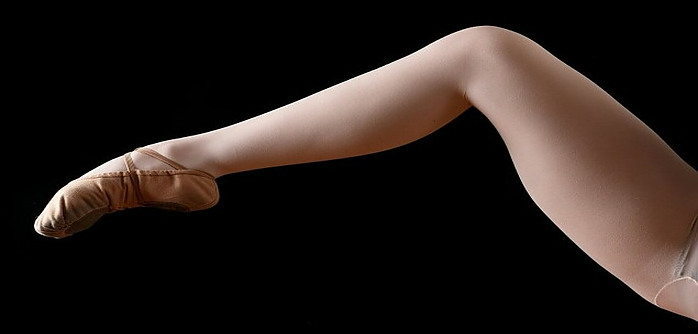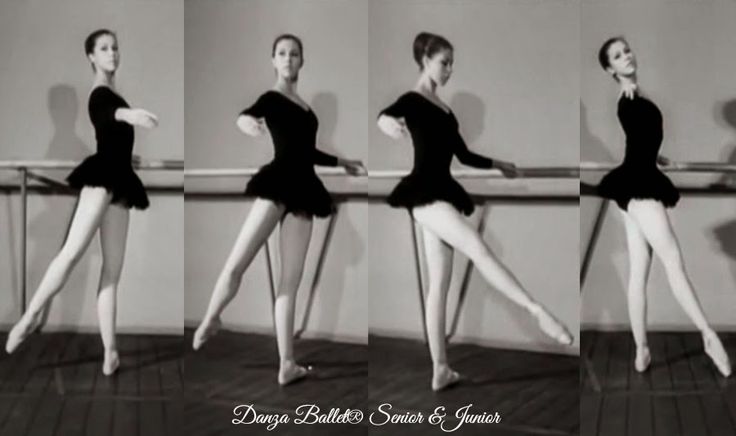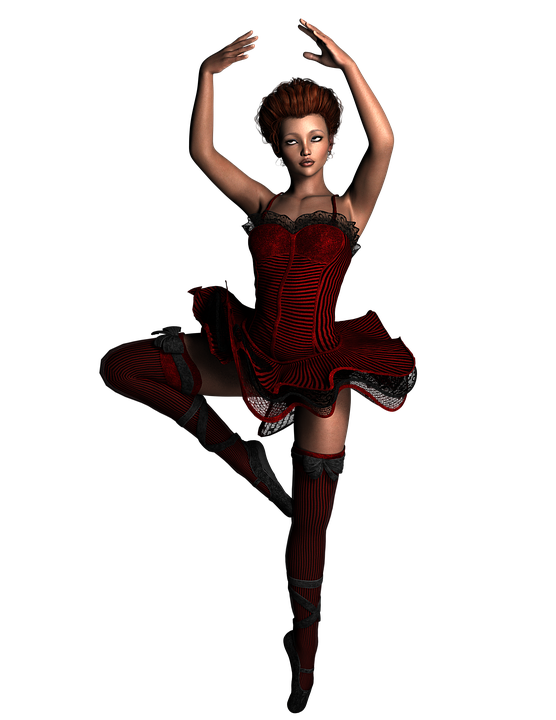How To Do A Pirouette or Even Multiple Pirouettes
Let’s look at how to do a pirouette in ballet. A pirouette is a very quick spinning action on one leg and the word pirouette in French means Spinning Top. Pirouettes normally add excitement to a routine, but they don’t normally lead into another step like many of the other ballet exercises. All dancers dream … Read more

